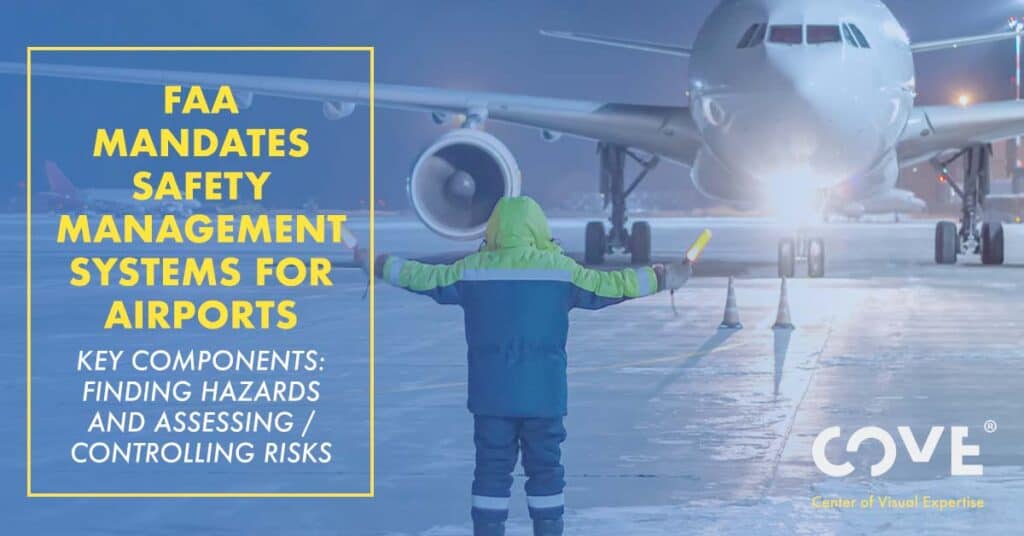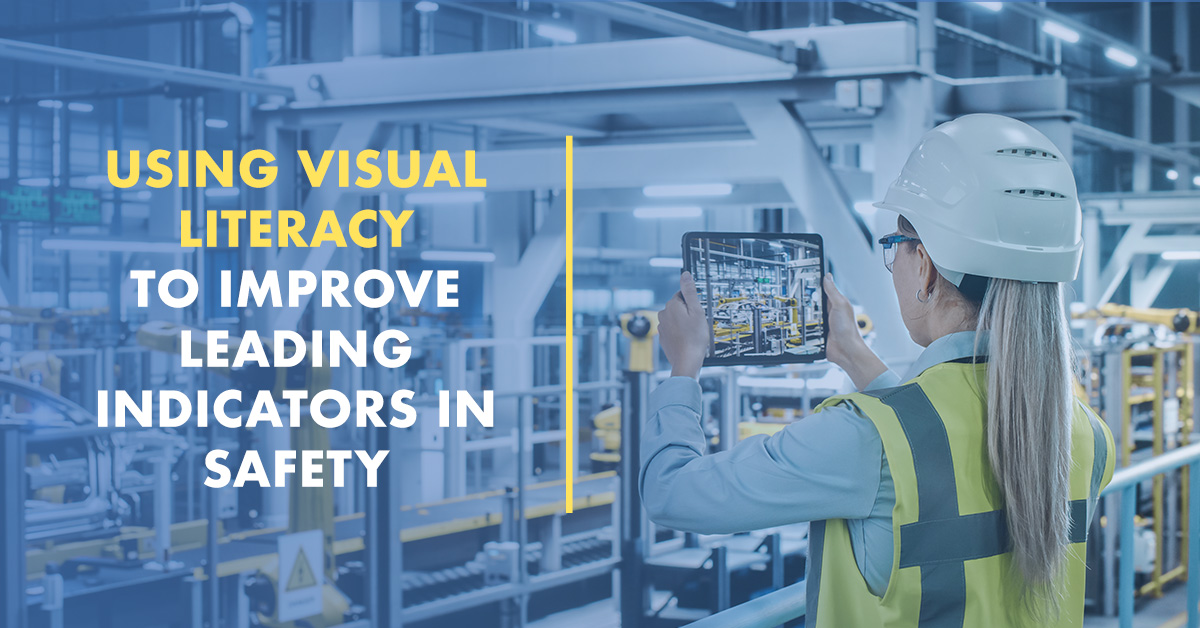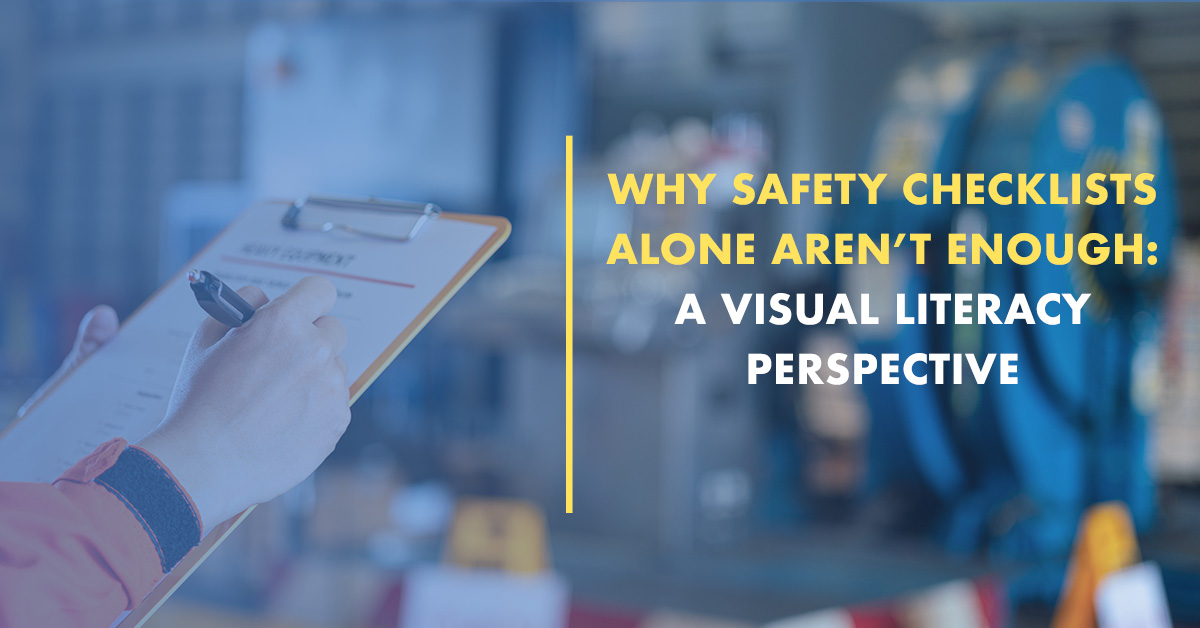Key Components: Finding Hazards and Assessing / Controlling Risks
In February 2023 the Federal Aviation Administration managed to do what OSHA has never done for workplaces – mandate safety management systems (SMS). The FAA rule covers more than 200 large, medium and small airports. These airports must have a SMS in place within five years. The rule went into effect April 24, 2023.
Safety Management Systems for airports is a top-down, formal organizational-wide approach to managing safety risk and assuring the effectiveness of risk controls, according to the FAA. Airports are to manage safety with the same level of priority that other core businesses are managed. FAA Order 8000.369
The FAA SMS has four pillars: safety policy, safety risk management, safety assurance and safety promotion. At the heart of the FAA’s Safety Management Systems is a formal process of risk management consisting of:
- Describing the system
- Identifying the hazards
- Assessing the risk
- Analyzing the risk
- Controlling the risk
Preventing incidents and close calls starts with finding and fixing hazards. Identifying, assessing and controlling the risk created by hazards calls for unbiased, objective observations and analyses and clear, critical thinking for solving problems. These skills can be employed by any worker trained in Visual Literacy, a structured way to improve how we see, interpret what we see, and take appropriate action.
The airport “environment” today is often crowded, cluttered, loud, and confusing with delays, gate changes and flights canceled. Every day, more than 45,000 flights and 2.9 million airline passengers fly across more than 29 million square miles of airspace, according to the FAA. At peak operational times, 5,400 aircraft are in the sky. This volume of traffic creates stress, pressure, rushing and distractions for ramp agents, aircraft marshallers, pushback crews, baggage handlers and maintenance and repair personnel on the ground.
Navigating Complex Hazards in Airport Environments
Safety issues are compounded by stringent aircraft scheduling demands, pressure for on-time performance, efforts to squeeze large jets into gates originally designed for much smaller aircraft, the rush to get aircraft in and out of gates and passenger baggage quickly loaded and unloaded, shift and night work and at times extreme weather conditions.
Here are some of the hazards found at airports:
Moving aircraft cannot stop as easily or as quickly as road vehicles, even when taxiing or being towed at low speeds.
The pilot’s view may be restricted.
Rushing may lead to walking or driving a vehicle in front of moving aircraft.
Apron markings and signals given to aircraft when maneuvering must be seen and understood.
Ground crew must be aware that turning the nose and wings of the aircraft makes a wide arc beyond the actual turning area.
Struck-by incidents can involve aircraft towing trucks, mobile aircraft steps, fuel tankers, baggage trucks, cargo-handling vehicles and emergency vehicles. Vehicles may not be heard due to noise from aircraft; some will be electrically powered and make no noise.
The “rules of the road” are not observed by vehicles on the tarmac.
Slips and falls are a major concern. When the smooth tarmac is wet or icy it could be slippery. Oil or small fuel spill could be equally slippery under good conditions.
Ground handlers can be exposed to de-icing chemicals, hydraulic fluids, jet fuel and exhaust fumes, as well as cleaning agents and chemicals used for maintenance.
Baggage handlers face the risk of musculoskeletal disorders from working in awkward positions, hoisting heavy loads into the belly of the plane, repeated twisting and turning and working in confined spaces.
Safe areas or walkways are not always maintained and easily visible.
Ground personnel must stay well clear from aircraft engines. Movements must wait until the engines are shut down and the wheels are chocked
Prolonged exposure to aircraft noise that can reach 120 decibels can lead to serious hearing damage and hearing protection should always be worn.
Communication between the flight crew and ground personnel may be poor, such as the nearly universal “all-clear” salute not being used and improper taxi or parking instructions.
Lighting may be poor, leading to misjudging distances.
Passengers moving around areas as varied as parking lots, pick-up and drop-off zones, crowded terminal areas that are sometimes not well marked or well maintained.
The Art of Seeing Art™
Airport ground workers may find it hard to see all of these varied hazards – a number of them involve moving vehicles and aircraft. According to OSHA, many airline workers may be unaware of the potential hazards in their work environment, making them more exposed to injury.
It is essential that ground personnel be alert, listening and constantly looking around. They must be situationally aware and observant to see and identify hazards that may be hidden or moving. Critical thinking is needed to assess the risk of a hazard, analyze the risk and control the risk.
These steps, spelled out in the FAA’s Safety Management Systems rule, parallel the methodology used by COVE in training workers to be visually literate. Visual Literacy as taught by COVE teaches you to slow down, look deeply and see things you may have missed. Once looking and observing have taken place, you can then see the broader picture – such as the moving pieces on an airport tarmac. To comprehend what you observe, you mentally describe the hazard you see and begin to assess the risk of the hazard. Finally, you communicate your assessment to bring about controlling the risk.

This novel method for identifying hazards, assessing their risk and developing unbiased critical thinking skills to communicate and solve problems helps meet the FAA’s Safety Management Systems ultimate goals:
- Possessing a structured means of safety risk management decision-making (Visual Literacy’s emphasis on unbiased critical thinking);
- A means of demonstrating safety management capability before system failures occur (Visual Literacy’s proactive hazard identification and risk management);
- Increased confidence in risk controls though structured safety assurance processes (Visual Literacy risk assessment skills);
- An effective interface for knowledge sharing between regulator and certificate holder (Visual Literacy communication skills);
- A safety promotion framework to support a sound safety culture (“hazard hunts,” audits, incident analyses and close call analyses).
A robust Safety Management Systems implemented in the frenetic environment of an airport requires new approaches to training at-risk employees. Visual Literacy’s emphasis on “seeing better,” quickly knowing the meaning of a threat, and quickly communicating the need for controls or immediate actions gives airport workers a new and lasting perspective and understanding of their unique work environment.




